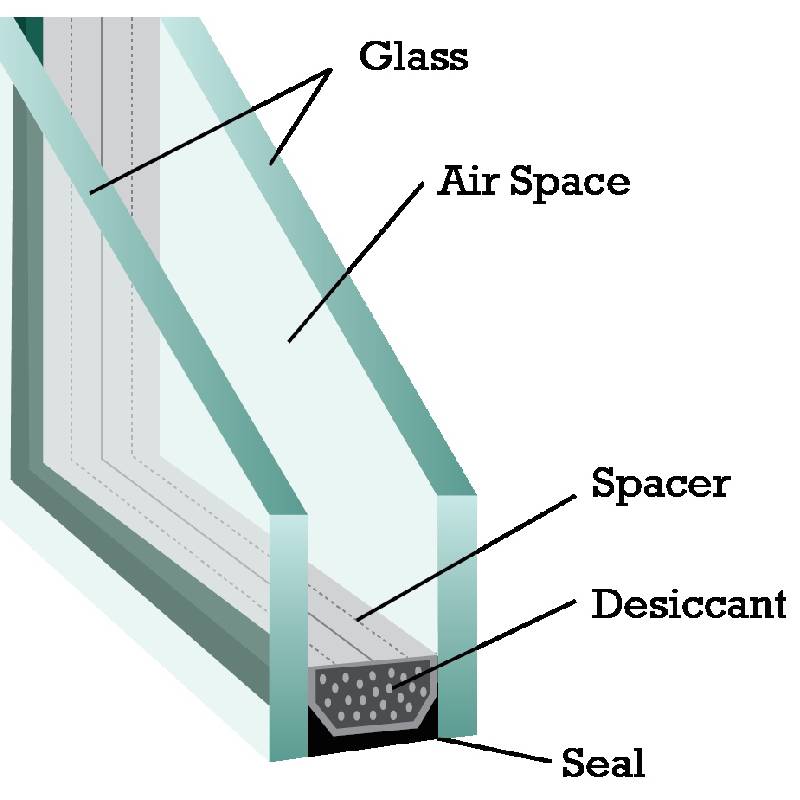

The Advantages and Applications of High Reflective Glass
High reflective glass, characterized by its unique ability to reflect a significant portion of incoming light while allowing a considerable amount to pass through, has become increasingly popular in various fields, including architecture, automotive, and solar energy. This specialized glass has numerous benefits that enhance energy efficiency, aesthetics, and functionality in a range of applications.
Energy Efficiency
One of the most significant advantages of high reflective glass is its energy efficiency. By reflecting a sizable percentage of solar radiation, this glass can dramatically reduce the amount of heat absorbed into buildings. This property is especially valuable in hot climates where excessive heat gain can lead to higher air conditioning costs. For instance, the use of high reflective glass in commercial buildings can lower energy consumption by decreasing the need for cooling systems. As a result, buildings equipped with this type of glass not only save on energy bills but also contribute to environmental sustainability through reduced carbon emissions.
Aesthetic Appeal
In addition to its functional benefits, high reflective glass offers aesthetic advantages that make it a sought-after material in contemporary architecture. The reflective surface can create a sleek, modern appearance that complements a wide variety of design styles. Moreover, high reflective glass can enhance the visual allure of buildings by creating captivating effects with natural light, transforming the way a structure interacts with its surroundings. By reflecting the sky and surrounding landscape, buildings can blend harmoniously into their environment, making them visually appealing.
Versatile Applications

High reflective glass is used in a diverse array of applications beyond architecture. In the automotive industry, for example, manufacturers utilize this glass to improve the efficiency of vehicles. Windshields and windows made from high reflective glass can help manage internal temperatures, enhancing passenger comfort and reducing the strain on vehicle climate control systems. This results in improved fuel economy or extended battery life for electric vehicles, showcasing the glass's value in modern transportation.
Moreover, high reflective glass is increasingly employed in solar energy technologies, particularly in photovoltaic systems. By reflecting and redirecting sunlight, it can maximize the exposure of solar panels to solar radiation, thereby improving their energy conversion efficiency. This use illustrates how high reflective glass plays a vital role in advancing renewable energy solutions, contributing to the global transition toward more sustainable energy sources.
Durable and Low Maintenance
Another appealing feature of high reflective glass is its durability and low maintenance requirements. Typically manufactured with robust materials, this glass can withstand extreme weather conditions, including high winds, rain, and hail. The reflective coating is also engineered to resist scratches and fading, ensuring that the glass maintains its high-performance characteristics over time. This durability means that properties using high reflective glass often incur lower long-term maintenance costs, making it a wise investment for both residential and commercial applications.
Conclusion
In conclusion, high reflective glass offers a blend of efficiency, aesthetics, and functionality that is hard to match with other materials. Its ability to enhance energy efficiency makes it an essential component in modern architectural designs, while its visual appeal adds a touch of elegance to buildings. Extensions of its application in the automotive and solar industries further underscore its versatility and importance in the drive toward sustainability. As technology continues to evolve, high reflective glass is likely to play an increasingly significant role in shaping our built environment, making it a material that both architects and consumers are likely to embrace in the years to come. Whether in a sleek office building, a fuel-efficient vehicle, or innovative renewable energy solutions, high reflective glass is undeniably a crucial element in contemporary design and engineering.